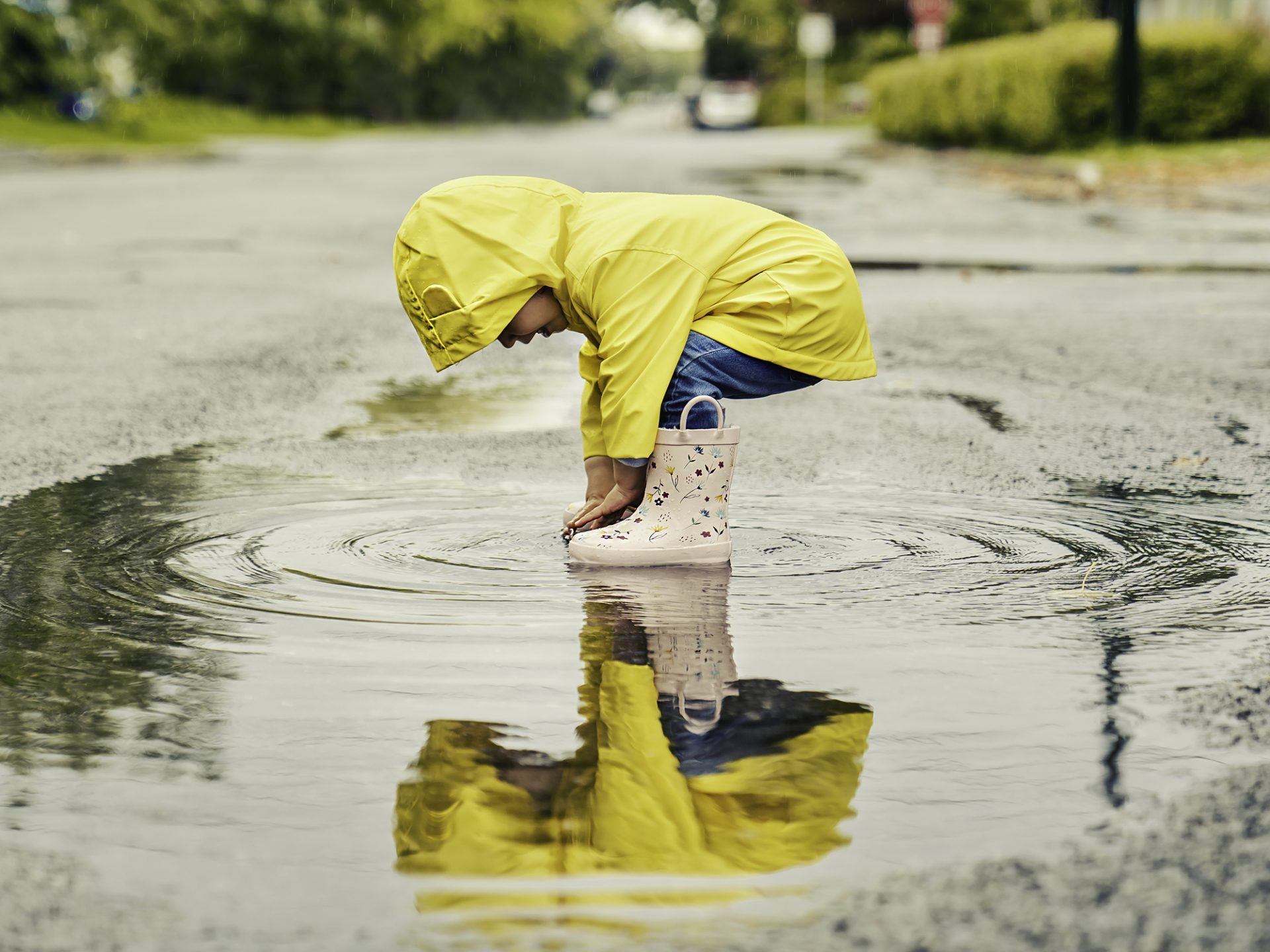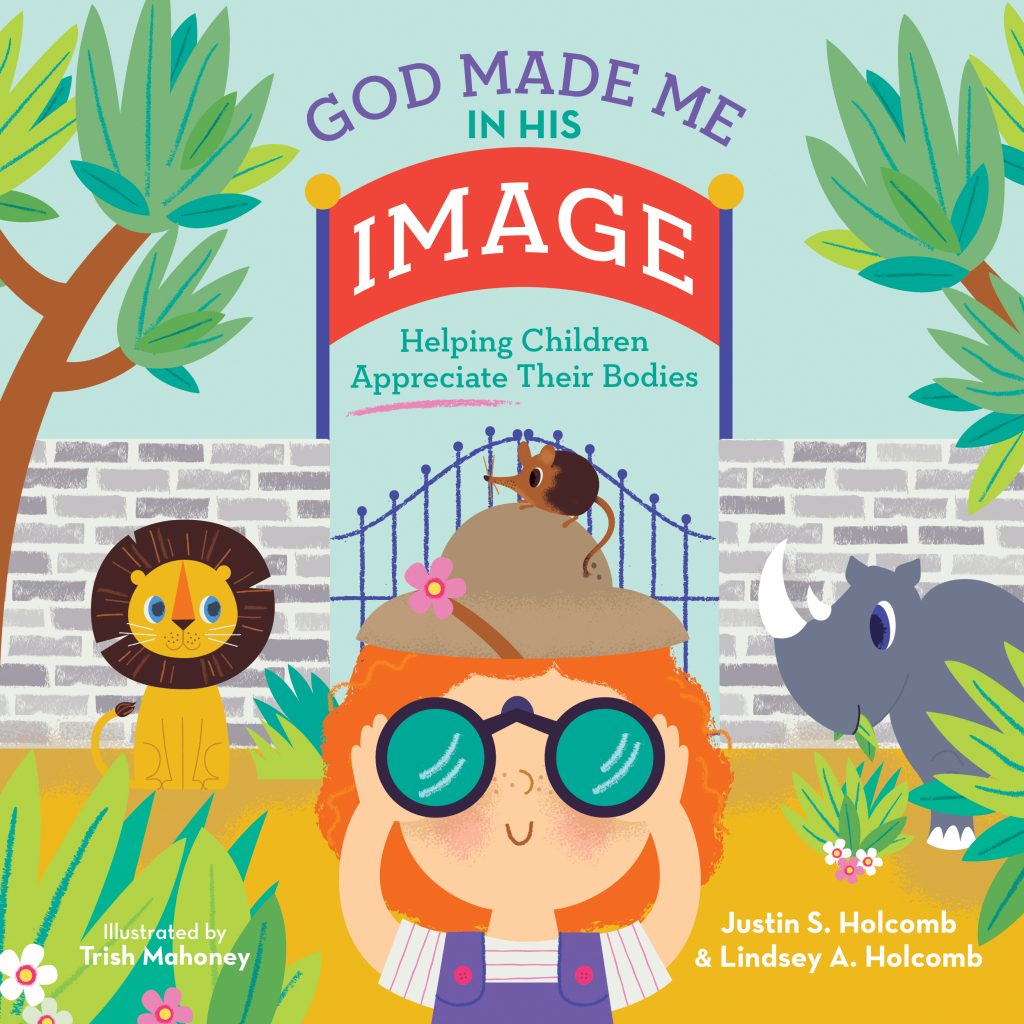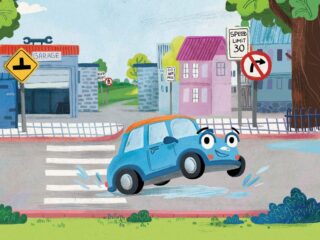Children notice from a young age when something about their appearance makes them different. A little girl may not like her freckles, or a young boy may be picked on because his ears stick out a little bit. It’s important for our kids to understand that even if they feel different, God made each of them special. God Made Me in His Image: Helping Children Appreciate Their Bodies by Justin S. Holcomb and Lindsey A. Holcomb helps parents have conversations with their children about body image and how God, in fact, made each and every person in his own image.
Q: Please introduce us to your book, God Made Me in His Image.
Our book is a book for children ages 3–8. The book addresses the important issue of body image from a Christian perspective.
In a society overflowing with negative body image messages, children’s body image is an urgent issue. Children need to know God made their bodies and made them special. Parents and caregivers have the privilege and opportunity to explain to their children that God made their bodies, and this is foundational for their self-image.
The message children need to hear is this: God made you in his image. Every part of your body is good because God made every part and called it all good.
We get to encourage children to appreciate their bodies and come alongside them to address the questions and shame regarding them. This is important because research regarding children and body issues are staggering and sad. Children are dealing with body image distortion at an early age. Many young children are dieting or developing dangerous eating habits. Additionally, many trends in our culture lead to hypersexualizing of children.
Q: How do you explain to young kids what it means to be created in God’s image?
We think it is best to explore the specific passages of the Bible that refer to humans as made in God’s image. In the book, we give some of the historical context of the phrase “image of God” and the passage from Genesis 1:26–28. It is a term that communicates great dignity and honor, while also reflecting humility at the same time.
Q: The children in the story learn about certain animals at the zoo who have unique physical characteristics. How does learning about the various animals help them accept their own differences?
Even though all of the creatures God made have different shapes, sizes, and abilities, they each have exactly what they need and serve a great purpose. When the children see certain animals with unique physical characteristics, it helps them accept their own differences and insecurities. They see and learn that God has given each of us special gifts and they also learn to not miss the beauty around them. Their differences make the world a really interesting place to live.
Q: What age to children usually start having body image issues? What are some of the most common insecurities they have?
Researchers discovered that children begin to express concerns about their bodies as young as age five. And at this young age, parents usually play a role in influencing their kids. As Common Sense Media notes, “You are your child’s first teacher,” meaning that kids can still pick up on subtle but negative body image message you give (even if you’re not harshly criticizing your body).
According to the report, one-third of boys (and more than half of girls) between the ages of six and eight believe an ideal body is thinner than their current body size. And 1 in 4 kids have already tried dieting by age seven.
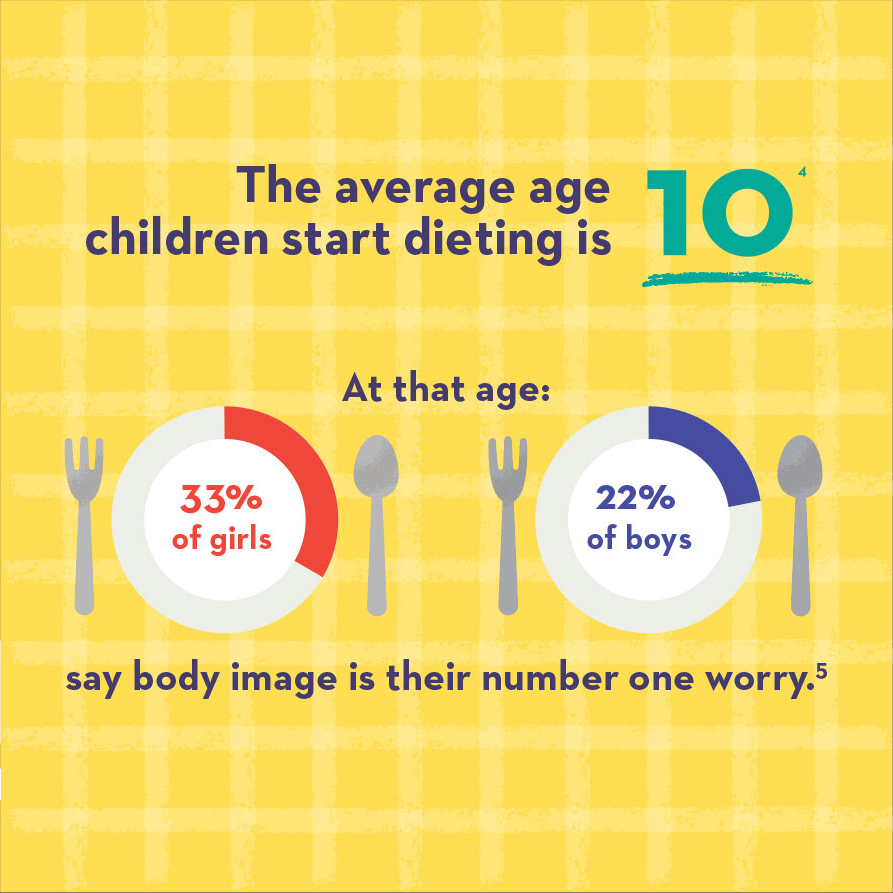

Q: At what age do children start worrying about their weight and dieting? Is that particular concern something that normally starts in school, or are seeds often planted at home?
These are just a few examples of the sobering statistics:
- Five-year-old girls whose mothers reported current or recent dieting were more than twice as likely to have ideas about dieting than girls whose mothers did not diet. A mother’s dieting behavior is a source of her daughter’s ideas, concepts, and beliefs surrounding dieting and body image.
- By age six, girls especially start to express concerns about their weight or shape. Almost half of American children betweenfirst and third grade are worried about how much they weigh, and half of nine- to ten-year-old girls are dieting. Approximately 80 percent of all ten-year-old girls have dieted at least once in their lives. Even among underweight to average-sized girls, over one-third report dieting.
- By the age of ten, around one-third of all girls and 22 percent of boys say how their bodies look is their number one worry. Age ten is also the average age when children start dieting. Girls have always shown greater concern about their weight and appearance, but there is a significant increase recently in boys also worrying. Boys want to be tall and muscular—and they worry about weight too.
- Childhood obesity has tripled since the 1980’s.
- Virtually every media form studied provides ample evidence of the sexualization of women and men, including television, music videos, music lyrics, movies, magazines, sports media, video games, the internet, and advertising. Children internalize this message.
Parents are one of the most powerful influences in children’s lives regarding their body image. Parents and caregivers can start the conversation now about the practical body image implications of being made in God’s image.
Q: There is a section in the back of your book for parents. What kind of information and tips do you provide for helping parents talk more to their children about body image?
Encourage your children to do the things they love that are good. Spending time on worthwhile activities boosts confidence and builds healthy friendships.
With your children, make a list of new things they want to try, learn, or tackle. Learning how to use their bodies in new ways can give them a greater appreciation for its capabilities and remind them that God gave them their bodies to be used to do good things.
Set a positive example by not criticizing other people’s bodies. If children see their parents judging appearances, then they will be much more likely to do the same to others and themselves.
If you have insecurities about your appearance, don’t make offhand, critical comment about those perceived flaws around your children. Instead, intentionally talk with your children about how God has helped you learn to see your body more like the way he sees it, even though you still forgot to see your body that way sometimes.
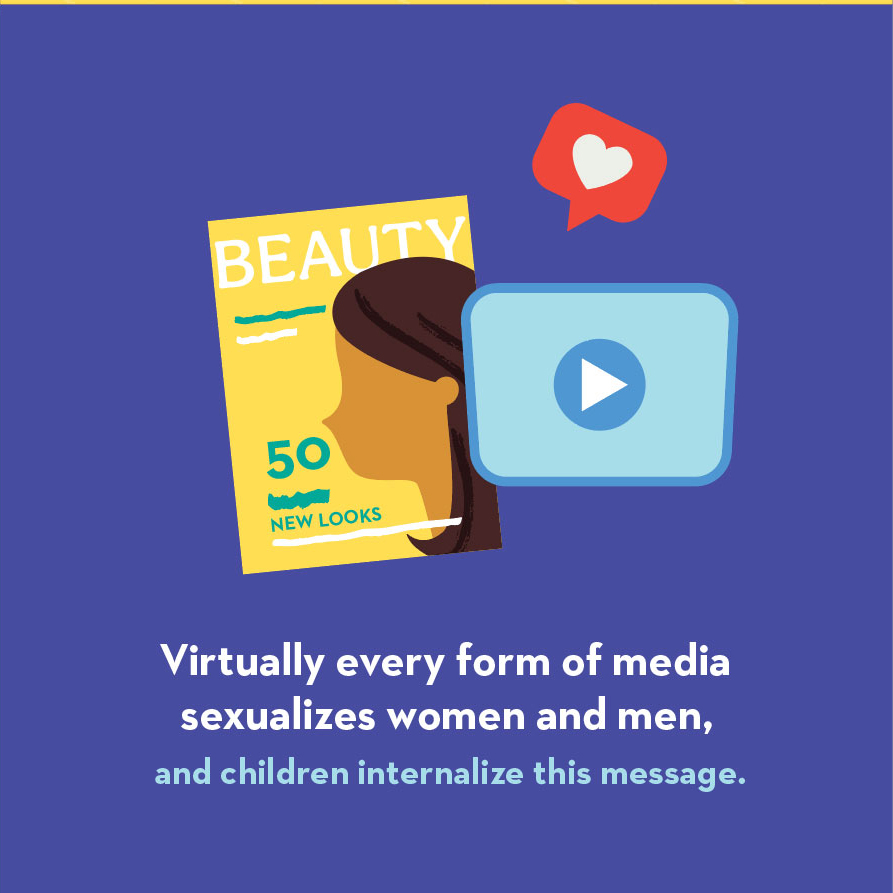

Q: What are some ways parents can encourage their children to have a healthy body image?
Encourage your children not to compare themselves to their peers. Instead, help them give thanks to God for the gifts he has given to them, and ask God to show them how they can become more like him today.
If your child has a physical impairment, remind him or her it does not negate your child’s inherent worth as God’s image bearer, nor does it diminish the other qualities God has blessed your child with.
Q: Kids often bully one another based on appearances. What conversations do parents need to have with their children about bullying?
Help victims of bullying boost confidence by focusing on how much they’re worth because they are made in the image of God and by reminding them of the positive attributes God has given to them. Also discuss strategies for how they can respond to bullying the next time it occurs and seek out additional resources on bullying to help you support your children.
Q: What messages do children pick up from the media about body image?
Virtually every media form studied provides ample evidence of the sexualization of women and men, including television, music videos, music lyrics, movies, magazines, sports media, video games, the internet, and advertising. Children internalize this message.
Q: Both of you are involved in helping victims of sexual abuse and domestic violence. Would you like to share more about the organizations you work with?
Lindsey works for an anti-trafficking nonprofit, Samaritan Village, and Justin serves on the board for GRACE (Godly Response to Abuse in Christian Environment). Together, we have written three books on the topics of sexual violence, domestic abuse, and child sexual abuse prevention. We also speak to churches, organizations, on radio shows, etc. about child sexual abuse prevention, sexual abuse, domestic violence, and sex trafficking.
Q: God Made Me in His Image is part of the God Made Me series. Can you tell us more about the series and other books that are available?
The God Made Me series began with our book, God Made All of Me: A Book to Help Children Protect Their Bodies, a book for parents to use in talking to their children about their bodies and understanding the difference between the appropriate and inappropriate touch of others. It is a first line of defense for parents against sexual abuse in the safety of their own homes.
Each book in the series contains a special section in the back that’s just for parents and caregivers that provides biblical guidance and offers additional information and resources for talking about the topic addressed in the story. The other books in the series include:
- God Made Me AND You: Celebrating God’s Design for Ethnic Diversity by Shai Linne
- God Made Me Unique: Helping Children See Value in Every Person by Joni and Friends
- God Made Boys and Girls: Helping Children Understand the Gift of Gender by Marty Machowski
- God Made Me for Worship: Helping Children Understand Church by Jared Kennedy
- God Cares for Me: Helping Children Trust God When They’re Sick by Scott James
- God Made Me for Heaven: Helping Children Live for an Eternity with Jesus by Marty Machowski
God Made Me In His Image
Because bodies can be confusing and sometimes embarrassing to children, Justin and Lindsey Holcomb wrote God Made Me in His Image for parents to use in helping their kids understand how God made their bodies in his image. Parents and caregivers can use this powerful book, illustrated by Trish Mahoney, to help children ages four to seven understand their feelings about their bodies and help them accept them by highlighting God’s loving design of our individual physical characteristics.

